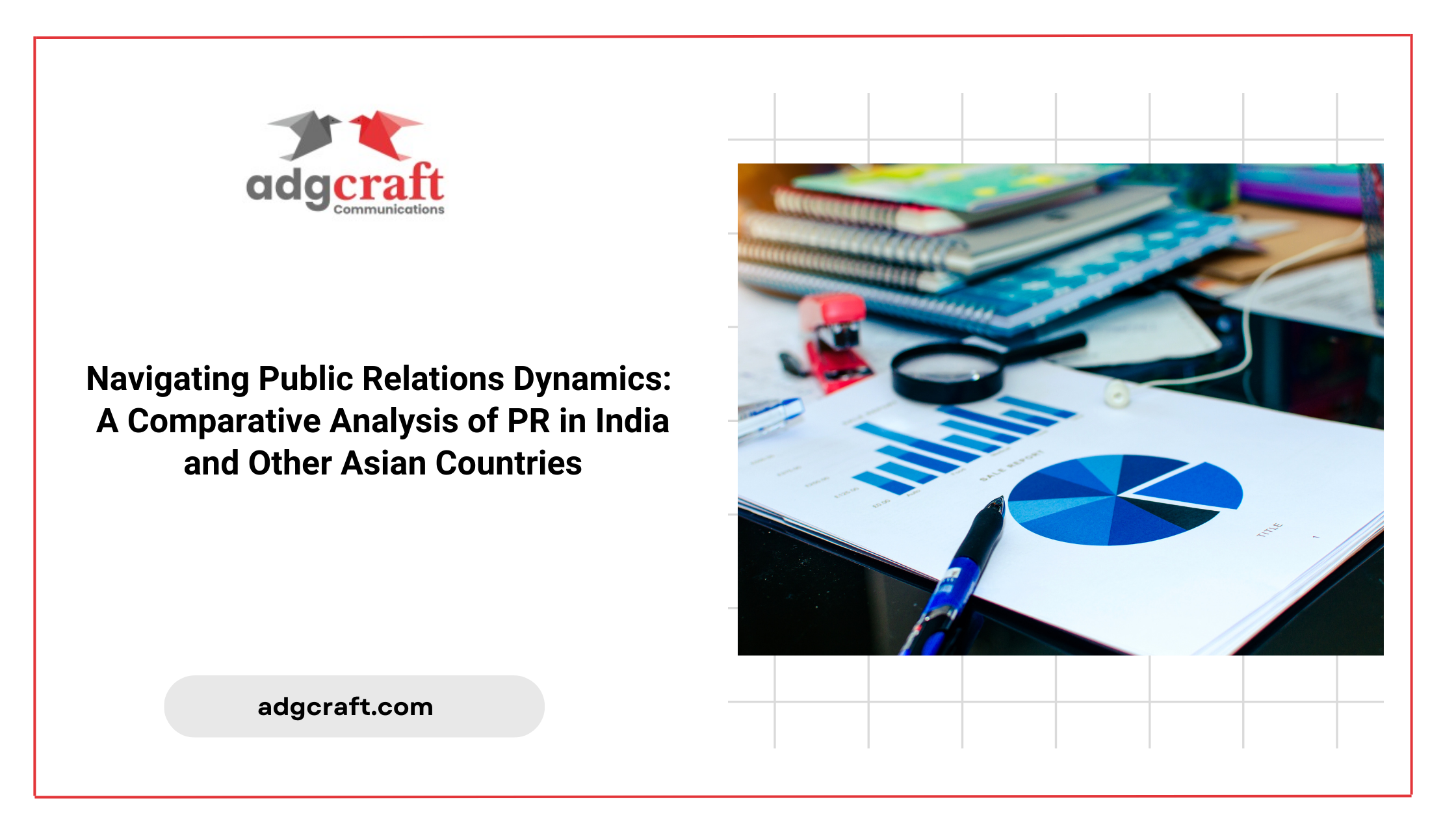Embarking on a journey through the intricacies of PR in India versus other Asian countries illuminates a critical aspect of the globalized economy. Public Relations (PR) isn’t just about managing reputations; it stands as a linchpin in contemporary business strategy. Its core lies in the delicate art of building and sustaining relationships among a diverse array of stakeholders, spanning customers, investors, employees, and the broader public. Across Asia, PR is rapidly solidifying its role as an indispensable element in effective brand-building practices.
This article endeavors to unravel the complexities of PR in India in comparison to its counterparts in other Asian nations. We aim to shed light not only on shared characteristics but also on the nuanced differences in approach. In the ever-evolving landscape of public relations, the challenges and opportunities faced by businesses transcend geographical boundaries. The globalized economy, coupled with the unique cultural tapestry of each region, demands a sophisticated understanding of PR dynamics.
The Rising Importance of PR in Asia
The surge of PR in Asia can be attributed to factors such as increased globalization, heightened competition, and evolving media landscapes. PR agencies in Asia have adapted by fostering innovation and resourcefulness to provide enhanced value to their clients. The industry has been instrumental in shaping corporate identity, brand positioning, and effective reputation management.
In India, the PR sector has experienced steady growth, propelled by the influx of multinational corporations, a burgeoning middle class, and increased internet and social media penetration. In contrast, countries like China, Singapore, and Japan boast more mature PR industries characterized by a sophisticated approach.
Comparative Analysis
Exploring the nuances of PR in India versus other Asian countries provides a comprehensive understanding of the diverse strategies employed in these dynamic markets. Each facet, from media landscape to cultural diversity, shapes a unique narrative within the broader context of PR practices. This analysis seeks to delve deeper into these distinct elements, offering insights into the multifaceted world of public relations across the Asian landscape.
1. Media Landscape
The Indian media landscape is expansive, comprising broadcast, print, and digital platforms. However, it is fragmented, with regional focuses and a high level of polarization. Government-controlled entities like Doordarshan and All India Radio coexist with privately-owned print giants like Dainik Jagran and The Times of India, contributing to a diverse media environment. In contrast, countries like China exercise tight government control over their media, resulting in a more centralized landscape.
2. Influencer Marketing
Influencer marketing has gained substantial traction in India, leveraging platforms like Instagram and YouTube to connect with a vast online audience. With over 700 million active internet users and a youthful demographic, influencer marketing has emerged as a powerful PR tool. While influencer marketing is prominent in many Asian Countries, India’s diverse market allows for effective niche targeting, especially in segments like fashion and beauty.
3. Cultural Diversity
India’s diverse cultural fabric, encompassing various languages, religions, and customs, necessitates nuanced PR campaigns tailored to resonate with local audiences. China’s more homogeneous culture allows for standardized PR campaigns.
4. Innovation
PR agencies in India are swiftly embracing emerging technologies and artificial intelligence to enhance outreach and messaging, even as they navigate the challenge of reaching audiences with varying levels of technological access. Asian countries like South Korea and Japan have been pioneers in integrating technology into PR campaigns.
5. Frugality
PR agencies in India often operate on tighter budgets compared to their Western counterparts. The lower cost of living and overheads foster a culture of efficiency and a focus on return on investment (ROI) rather than extravagant displays. Western PR agencies may allocate larger budgets, but the frugal landscape in India creates opportunities for small and medium-sized businesses to leverage PR effectively.
Conclusion
In conclusion, the dynamics of PR in India compared to other Asian countries reveal the complexities and nuances of the industry. Despite shared objectives, each country’s unique cultural, social, and political context shapes distinct PR strategies. Nevertheless, the overarching theme is the pivotal role played by PR in shaping brand reputation and identity, a role that will only gain prominence as the region continues to evolve.
